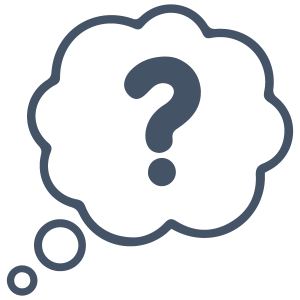Week 9: Introduction to the literature review and synthesizing sources

Overview
The summative project for this course is a literature review. A literature review is a genre (category or type) of academic writing that is valuable to scholars.
There are various forms of literature reviews but essentially, a literature review is designed to allow scholars to easily understand the work being done on a given topic in a given field (or fields) at a given moment in time.
With a strong understanding and knowledge of the work being done in a given area over time, scholars can meaningfully contribute to the field through their own research.
They can add to the work done by other scholars by identifying gaps or needs in the current research and doing their studies that help to fill the knowledge gap(s).
As such, a literature review is valuable not just as a source of information about the research that has been and is being done in a field, but also as a source of information about new research topics.
Readings
Section I: Writing a literature review
Bullock, R. (2021). The Norton field guide to writing. W.W. Norton & Company.
- Chapter 50: Synthesizing ideas (pp. 519-525).
Creswell, & Creswell, J. D. (2018). Research design: Qualitative, quantitative, and mixed methods approaches (5th ed.). SAGE Publications, Inc.
- Chapter 2: Review of the literature
Ede, L. (2021). The academic writer. A brief rhetoric. Bedford/St. Martin’s.
- Chapter 5: Analyzing and synthesizing texts. (pp. 132)
Forrer, D. (2018, Feb.) Literature map [Video]. YouTube. https://youtu.be/YPhqCIL9u6I. (6:15 minutes)
Meyer, C., Harper, T., Roux, S. (2022). Creating literature reviews. https://uclalibrary.github.io/research-tips/literature-reviews/
Zhao & Zhang, J. (2017). Consumer health information seeking in social media: A literature review. Health Information and Libraries Journal, 34(4), 268–283. https://doi.org/10.1111/hir.12192.
Before class activities
 Key questions to ask while reading and watching
Key questions to ask while reading and watching
- How do you identify a pattern or connections between ideas when reading sources on a specific topic?
- How do these patterns or connections help you synthesize information?
- What is the purpose of a literature review?
- What are the key steps in writing a literature review?
- How can a literature review be structured (i.e., written)?
 “Pile of words”: Group and label key concepts
“Pile of words”: Group and label key concepts
Organize into three lists of similar terms and label each list (include definition of each label).
Remember: You may already understand some of these ideas relatively well and others may be new to you—you are encouraged to look up (e.g., in a dictionary or encyclopedia) the unfamiliar concepts in order to create your lists.
Make note of your reasons for grouping the ideas together as you will share them in class. These are self-paced individual activities, for which there are no right or wrong answers. The instructor will not grade this work.
 Predict a learning outcome
Predict a learning outcome
After class activities
After class, annotate each reading for key ideas. For videos and podcasts, you can annotate the transcript.
Summarize the author’s key ideas from each reading.
Highlight the following information:
- Purpose of the reading;
- Scope (the extent of the study);
- Thesis (the main argument[s]);
- Method (research method if applicable);
- Outcome(s) and conclusion.
Respond to the following statement about the readings: do you agree or disagree with the statement and why?
“[A] literature review helps to determine whether the topic is worth studying, and it provides insights into ways in which the researcher can limit the scope to a needed area of inquiry” (Creswell & Creswell, 2018).
Did this reading provide any inspiration or insights you can use in this or any of your other classes? If yes, what is the inspiration and/or what are the insights?

